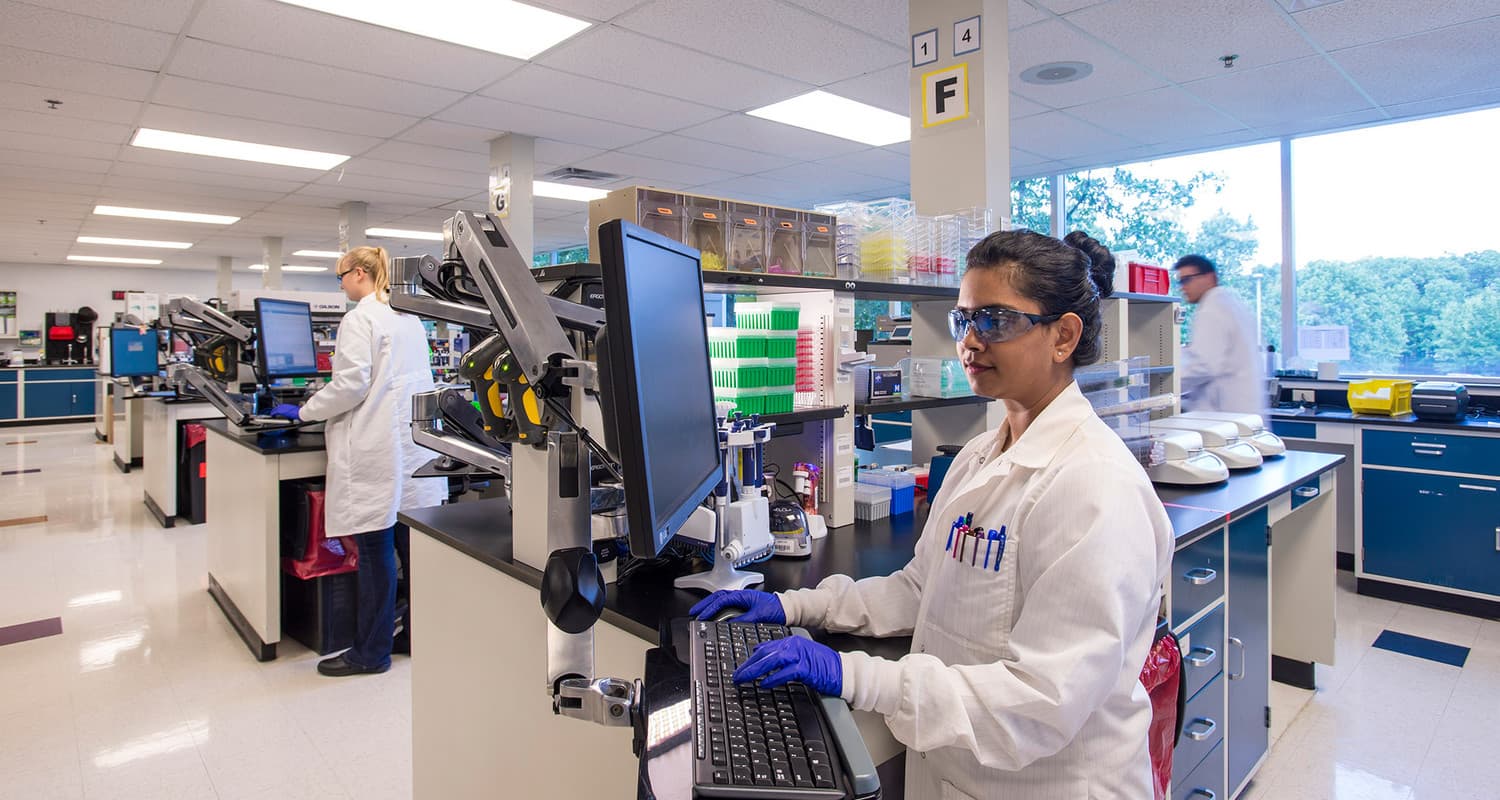Case StudyEcosystem Team: Aligning With The Teams,Aligning With The Ecosystem - Aligning Teams during a Transformation
Charles River Laboratories, a global contract research organization with 20,000 employees, embarked on a digital transformation journey to better support the development of medical therapeutics. However, the complexity of this transformation led to a sense of burnout and lack of control among the design team. Designers felt their efforts were often undermined by systemic dependencies and stakeholder decisions that didn't align with user research. This environment necessitated a new approach to change management that would re-empower the design team and improve overall alignment within the organization.

The Solution
Charles River Laboratories adopted a structured approach to align empowered teams and manage change effectively:
- Understanding the Organization (Navigator Role): Designers used tools and methods to map and explore the organizational environment, similar to how they develop empathy with end-users. This involved creating ecosystem maps and personas for internal stakeholders to understand their motivations, pains, and objectives better.
- Map and Explore: The team mapped out the complex web of stakeholders and system dependencies to gain a holistic view of the organizational environment. This process helped in identifying the critical influencers and understanding the internal dynamics that affect design decisions.
- Speaking the Language (Translator Role): The team focused on developing a shared understanding by translating their findings into the language that resonated with different stakeholders. This included the use of tools like the Good Partner Map to align their value propositions with the interests of various internal partners.
- Good Partner Map: This tool was used to dissect what the design team offered and how it could be presented in a way that aligned with the goals and language of other departments. This ensured that the design initiatives were seen as valuable and relevant.
- Building Communities of Change (Advocate Role): The design team worked to create inclusive environments and build communities around change initiatives. This involved educating and empowering other departments through playbooks, templates, and accessible tools to lower the barrier to adopting new processes.
- Voice of Customer Playbook: A comprehensive guide was created to help non-designers conduct user research effectively. This playbook included flowcharts, methods, and case studies to simplify the research process and encourage more widespread adoption of user-centered practices.
Outcomes achieved
The adoption of these approaches led to significant improvements in how the design team at Charles River Laboratories managed change and aligned with the broader organization:
- Increased Control and Reduced Burnout: By mapping the organizational landscape and understanding stakeholder motivations, designers regained a sense of control over their work. This reduced the feelings of burnout and increased job satisfaction.
- Holistic Understanding: The ecosystem maps and personas provided a clearer picture of the organizational dynamics, enabling more strategic decision-making and better alignment of design efforts with business goals.
- Improved Communication and Collaboration: Using the Good Partner Map and focusing on translating design objectives into stakeholder language improved communication and collaboration across departments. This led to more support for design initiatives and smoother implementation of changes.
- Shared Understanding: The translation efforts helped in building a shared understanding of project goals and outcomes, leading to more cohesive and aligned teamwork.
- Empowerment Through Education: The creation and distribution of the Voice of Customer Playbook empowered non-designers to engage in user research, fostering a more user-centered culture across the organization.
- Widespread Adoption of Best Practices: By lowering the barriers to conducting user research, the playbook facilitated the widespread adoption of best practices in user-centered design, improving the overall quality and effectiveness of design initiatives.
